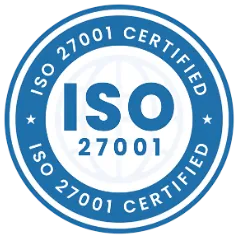What is a Physical Asset?
A physical asset refers to tangible items owned by an organization, such as equipment, vehicles, machinery, HVAC systems, and chillers. These assets are crucial for the day-to-day operations and long-term success of the organization.
What is Physical Asset Management?
Physical asset management involves the systematic approach to managing fixed assets to prolong their life and ensure they remain in good condition. This encompasses the entire asset lifecycle, from procurement to disposal, and aims to optimize asset efficiency, thus adding value to the organization. Physical asset management is a critical activity for organizations to keep their assets in optimal condition. Without proper care, asset performance can decline, leading to asset failure. In today’s competitive marketplace, businesses cannot afford such mistakes, making physical asset management essential for maintaining top performance.
Examples of Physical Assets
- Equipment: Tools and machinery used in production or services.
- Vehicles: Company cars, trucks, and other transport vehicles.
- Machines: Industrial machines used in manufacturing or processing.
- HVAC Systems: Heating, ventilation, and air conditioning units.
- Chillers: Industrial cooling systems.

Benefits of Physical Asset Management
Understanding how assets are utilized and optimized in a business context is crucial for maximizing their value before decommissioning. Proper physical asset management ensures that:
- Assets are well-maintained: Preventive maintenance minimizes downtime and extends asset lifespan.
- Operational efficiency is improved: Well-managed assets contribute to smoother operations and reduced operational costs.
- Total cost of ownership is lowered: Effective management reduces unexpected repair costs and enhances return on investment (ROI).
When implemented correctly, physical asset management provides long-term benefits that impact both the financial health and reliability of an organization’s assets.
Physical Asset Management Best Practices
- Utilize Asset Management Software The cornerstone of efficient asset management is robust software that helps manage all asset types. This software plays a crucial role in tracking, maintaining, and optimizing assets.
- Keep Track of Assets Knowing the quantity, location, and user of each asset is vital. Asset tracking prevents theft, misplacement, and ensures accountability. Asset management software simplifies this process by providing real-time data.
- Provide Scheduled Maintenance Regular maintenance is crucial, especially for equipment that organizations heavily rely on. Scheduled maintenance prevents sudden failures, reduces repair costs, and extends asset life.
- Emphasize Improving Staff Performance Productivity increases when employees are well-trained and equipped with the right tools. Technologies like barcode scanners can save time and enhance accuracy, leading to better overall performance.
- Take Informed Decisions Data-driven decision-making is key to business growth. By collecting and analyzing data, organizations can make informed choices rather than relying on assumptions, leading to more predictable and successful outcomes.
How Asset Infinity Can Optimize Your Physical Asset Management
Asset Infinity offers comprehensive asset management software designed to streamline and enhance your physical asset management processes. This software automates maintenance schedules, tracks assets in real-time, and provides actionable insights through data analysis. With Asset Infinity, organizations can expect reduced maintenance costs, improved asset performance, and a higher ROI.
According to Markets and Markets, the global Enterprise Asset Management (EAM) market size is expected to grow at a CAGR of 8.7% during the forecast period, reaching USD 5.5 billion by 2026 from USD 3.3 billion in 2020. Investing in asset management software like Asset Infinity is not just a choice but a necessity for organizations aiming to stay competitive and efficient.
Conclusion
Implementing best practices in physical asset management is crucial for optimizing operations and saving time. For industries like construction, manufacturing, healthcare, and oil & gas, where equipment is the backbone, managing physical assets can be challenging. Asset management software, such as Asset Infinity, simplifies this process, ensuring that assets are well-maintained and efficiently utilized, ultimately contributing to the organization's success.
If your organization aims to improve maintenance and asset performance, investing in asset management software is essential.
Frequently Asked Questions (FAQs)
What are the Two Types of Asset Management?
- Physical Asset Management: Management of tangible assets like machinery, vehicles, and equipment to maintain and optimize their performance.
- Financial Asset Management: Management of financial assets like stocks and bonds to maximize returns and manage risks.
What is the Role of a Physical Asset Manager?
- Planning and executing asset management strategies
- Overseeing maintenance activities
- Tracking asset locations and conditions
- Controlling costs associated with assets
- Ensuring compliance with safety and regulatory standards
- Analyzing asset performance for improvements
What are Examples of Physical IT Assets?
- Servers
- Desktops and laptops
- Networking equipment (routers, switches)
- Storage devices (hard drives, SSDs)
- Peripherals (printers, scanners)
- Data center equipment


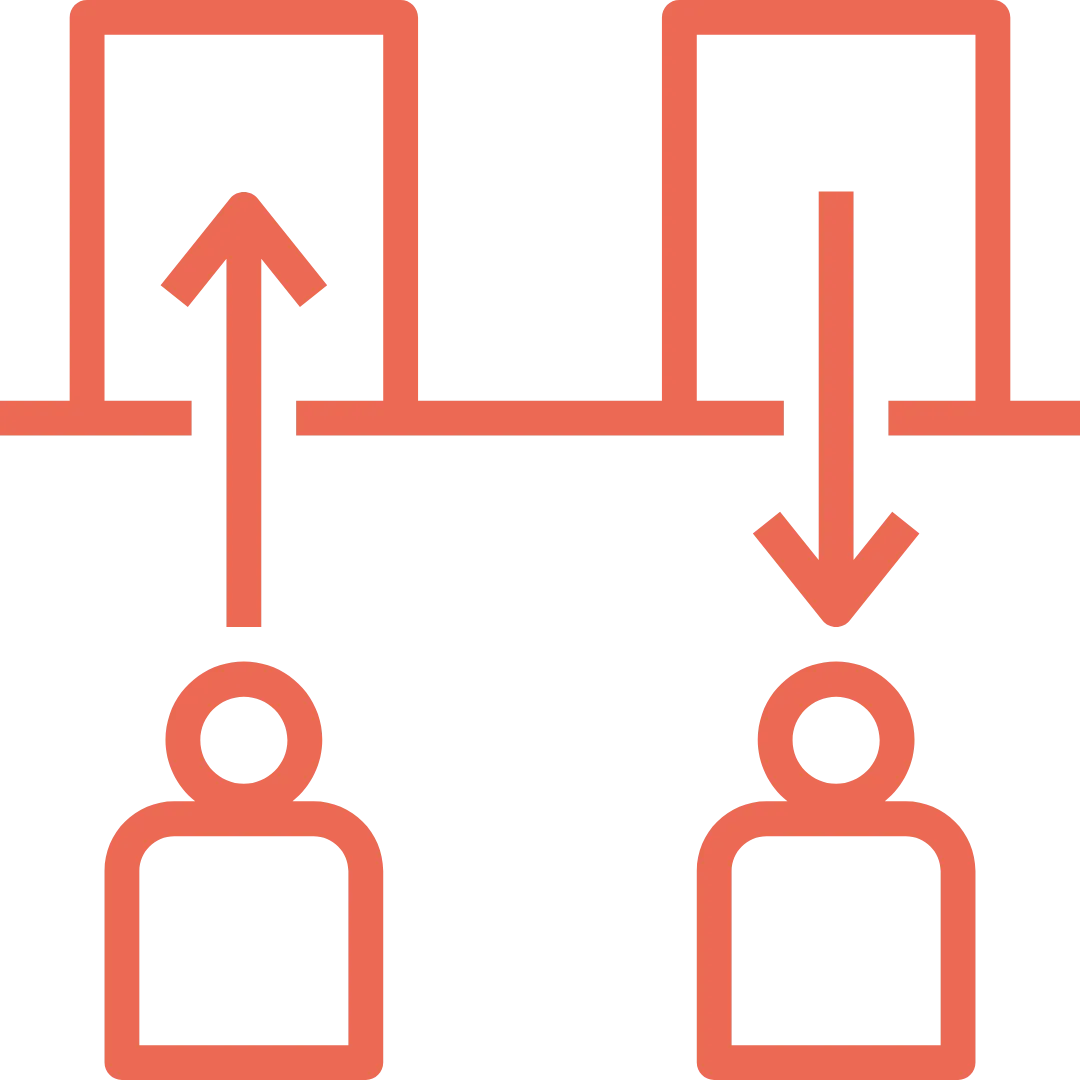









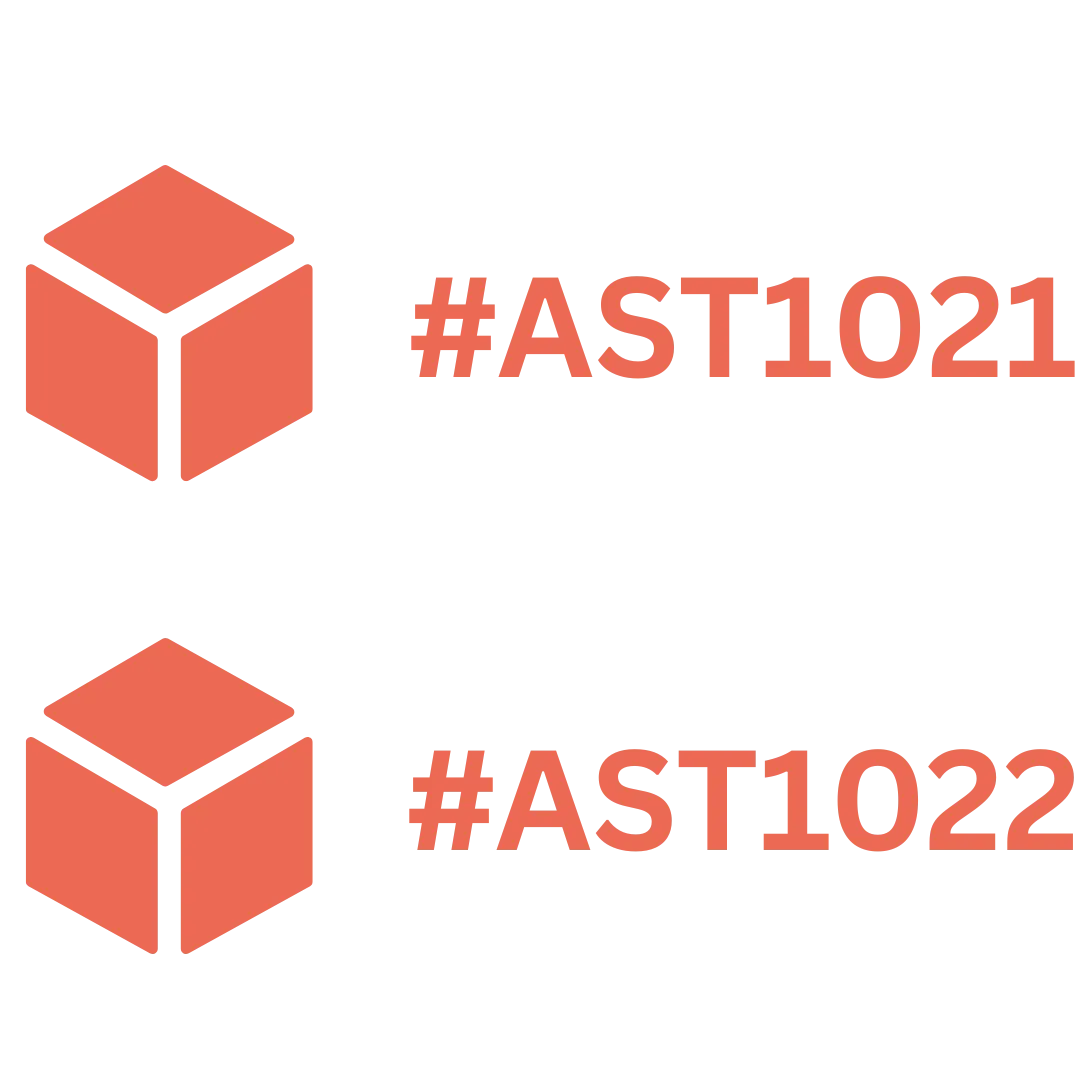





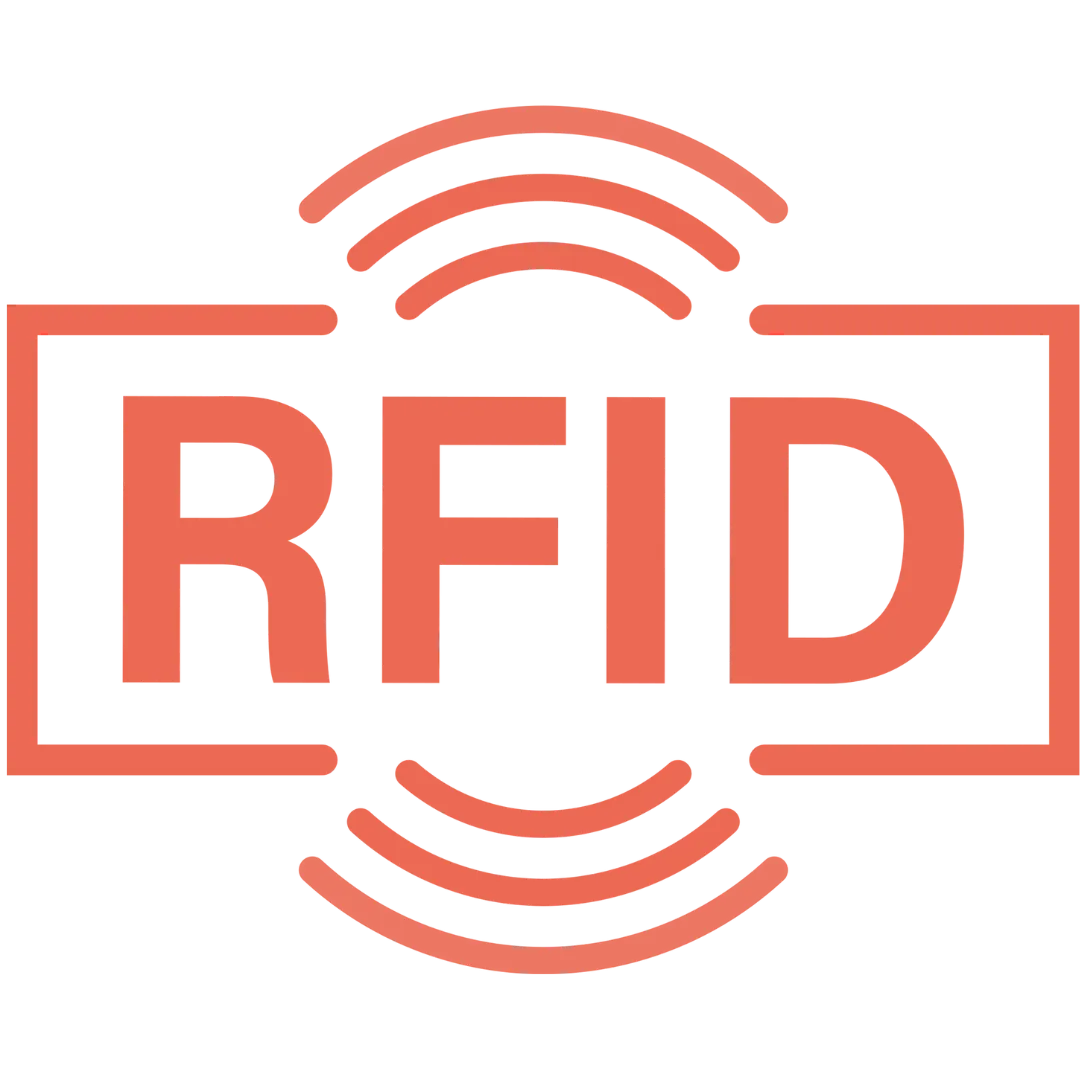

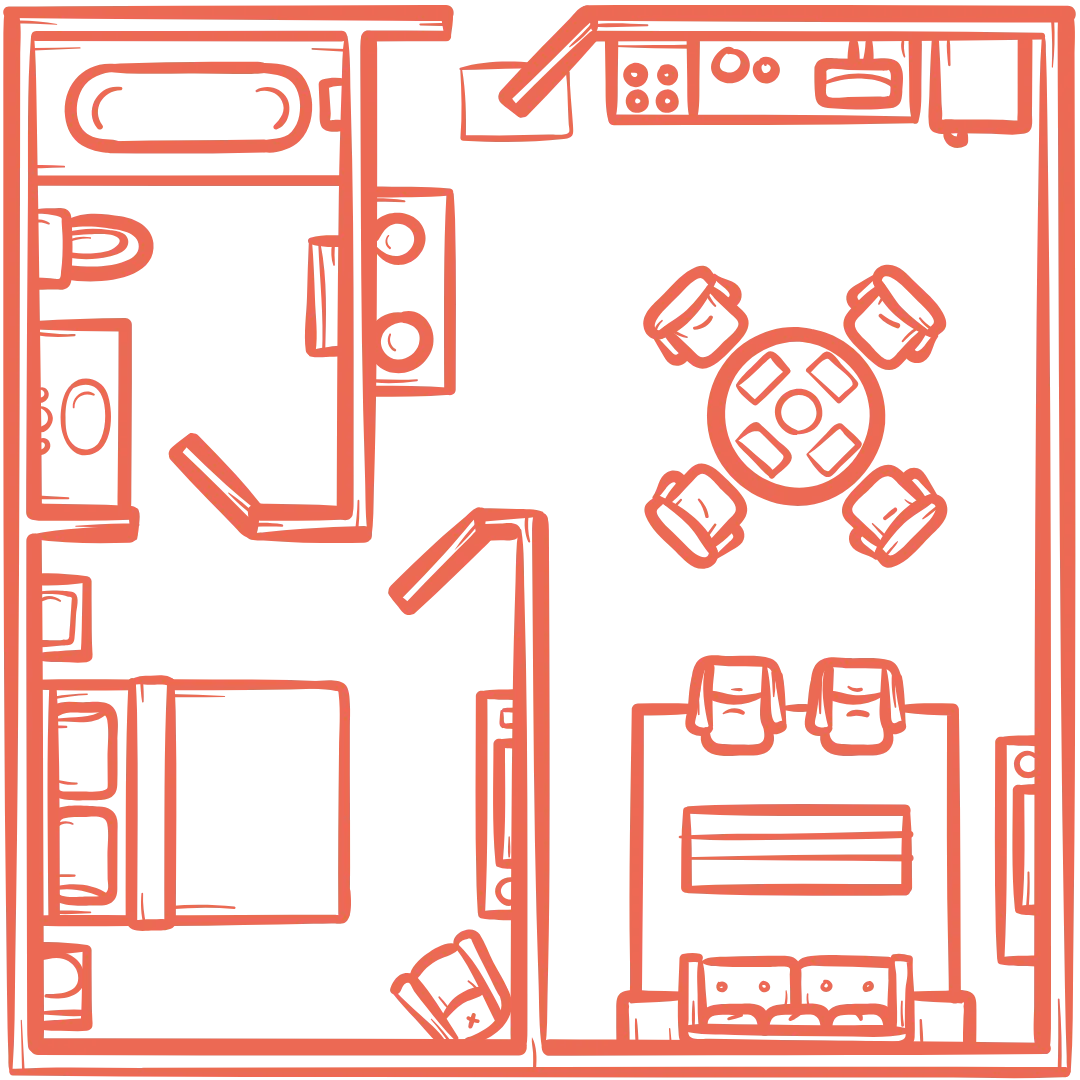




























.webp)
.webp)
.webp)
.webp)
.webp)
.webp)
.webp)
.webp)
.webp)

.svg)




.webp)
.webp)














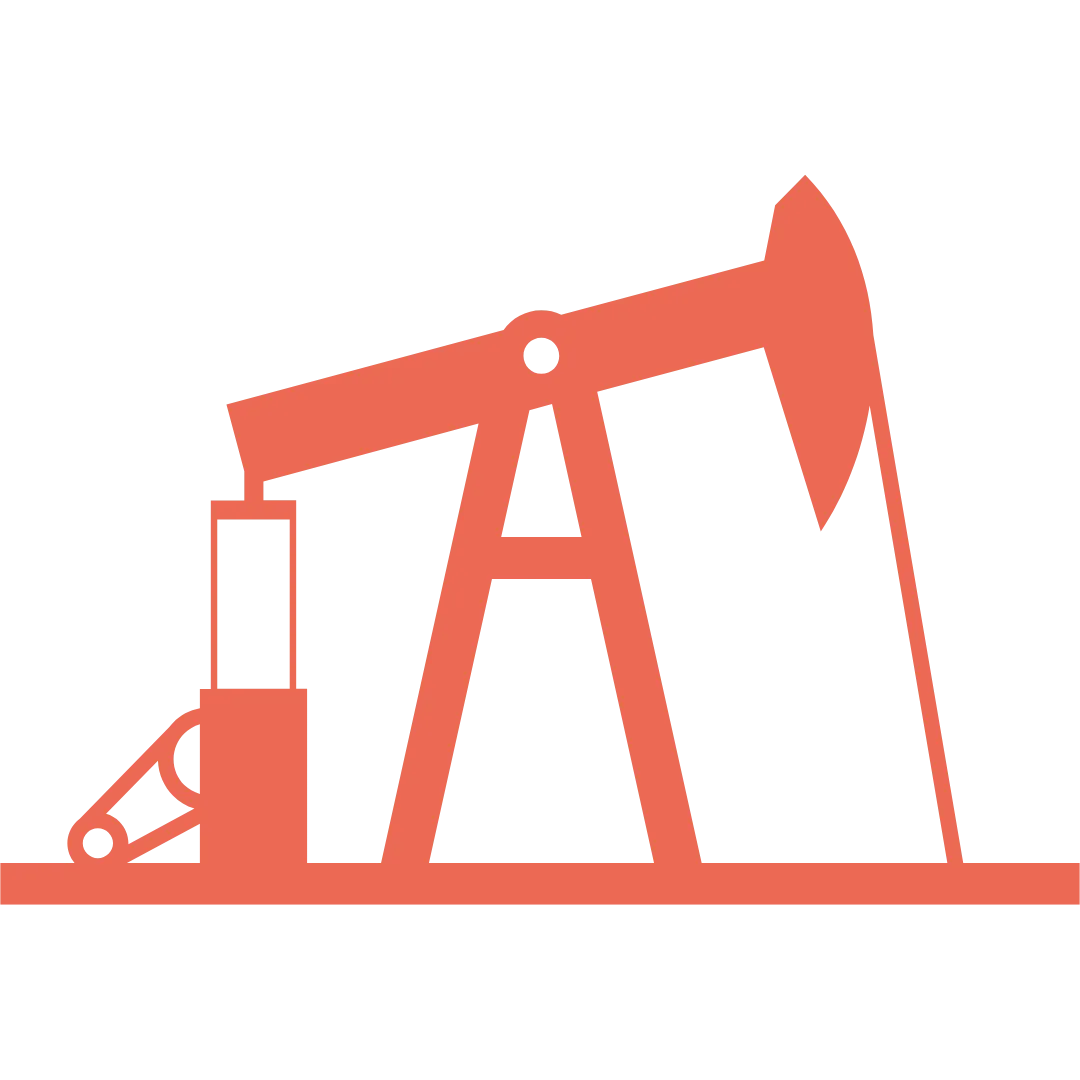




























.png)


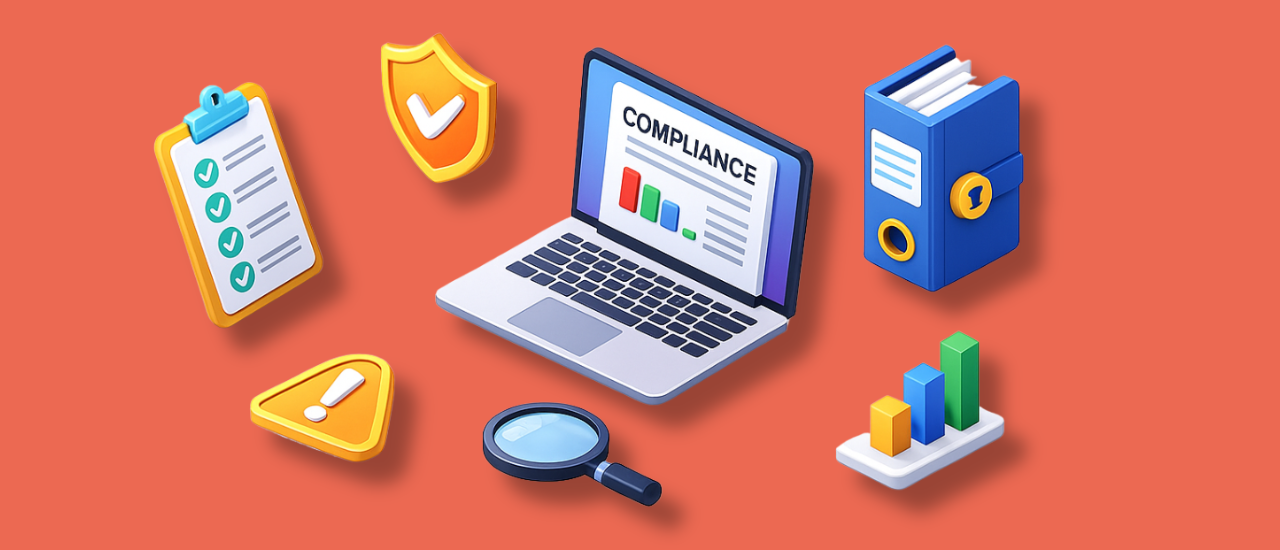
.webp)


















